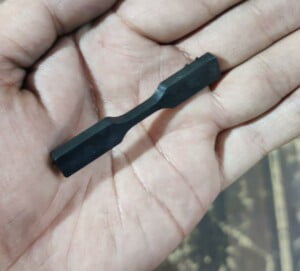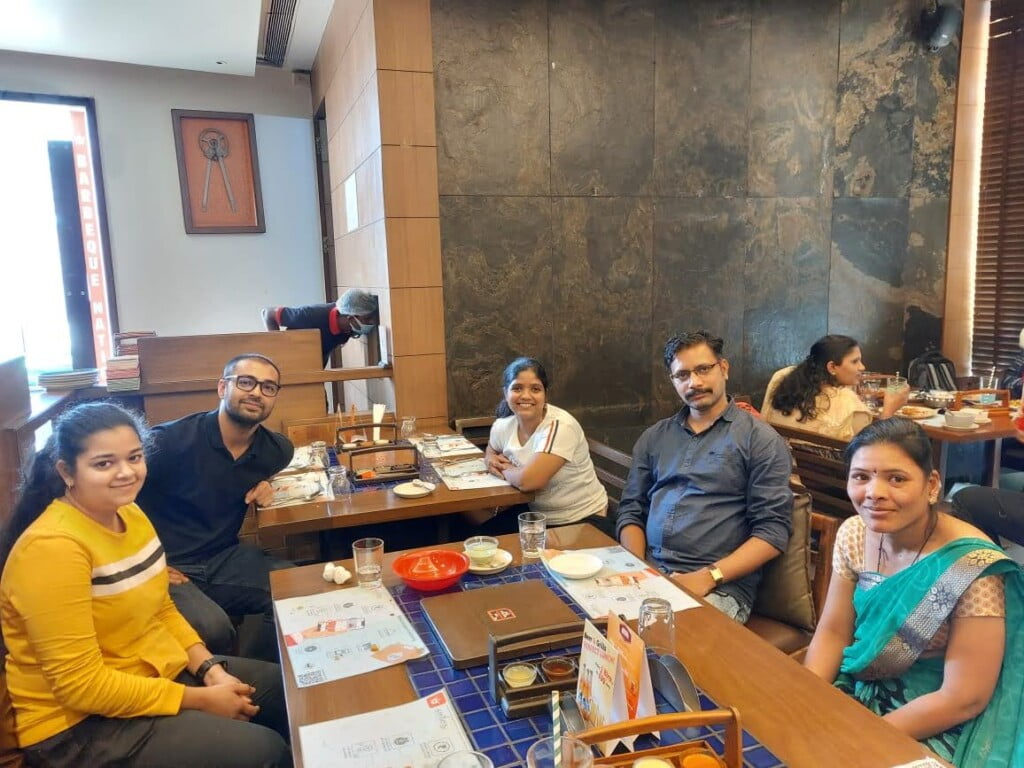Dear Friend of Ashaya,
Just as we started inching towards some sort of normal, the northeast part of the world had other ideas.
I would love to just dive in but it’s thoroughly disheartening when we still live in a world where large-scale invasions are a thing. It puts the concept of “impact” into perspective, a malignant mocking by the power that strong men still hold. Never simple, never easy, always heart-breaking.
But some version of existence continues.
Ashaya is now about a year old. It was last February when Jitu and I moved into our first lab, wide-eyed and eager. Since then, our eyes have narrowed a wee bit, and our eagerness has been a little tamed, but not lost, just transformed into content stability of intensity.
If you’ve been following along this journey, you might remember that Dec 31st, 2021 was an important deadline for us. Our goal was to have the first versions of two upcycled materials from crappy multi-layered plastic.
So, how did we do? We didn’t.
We came “close”, but objectively, even that might be a stretch. And we don’t believe in excuses, so what’s left is room for reflection – what went wrong and what could we have done better?
We underestimated how bad this plastic waste is and overestimated how good we are. And sometimes, moving fast slows you down. For more on that, let’s grab a beer.
Two months have passed since that “deadline”, and we are still not there, but we are closer – yes, even objectively.
In fact, we have the first version of one of the materials that we are semi-proud of. We got it tested, and it didn’t disappoint, so there has been progress, albeit off-pace.
Meanwhile, the other material, our “premium” hope, decided to play spoilsport and turned out to be worse than we thought, so we are pounding our brains on that right now. Win or lose, complex problems are thoroughly engaging, and this stuff is complex.
It’s funny how all our work boils down to a simple abstraction, a simple truth – the desired outcome or an undesired outcome. Just like almost everything else.
But the process is also important, and because we track almost everything, we have numbers. And numbers are always fun. So let’s break them down to feel a little better about ourselves?
We’ve diverted over 60 kgs of multi-layered packaging (MLP) from landfills, and we are not even in “production” yet. Yes, that’s not a lot, but our local waste-picker collective is super happy that we are buying almost all her MLP.
We’ve run 760 experiments so far, with an average time of 2.2 hours. That’s ~1820 hours of experiments. We have tested over 200 different recipes and formulations and used 113 different types of chemicals. (I never knew words like this could exist: Pentaerythritol tetrakis [3-[3,5-di-tert-butyl-4-hydroxyphenyl] propionate. Yea, Google it, it’s a thing.)
When it comes to our materials, we’ve conducted 408 tests – internally and externally – FTIRs, MFIs, DSCs, IV Calcs, and Mechanical Tests. And yes, we still have a lot more to conduct.
We’ve had 575 people formally apply to work at Ashaya. We’ve interviewed 105 of them. We’ve hired 8 and said goodbye to 3.
We’ve lost electricity over 18 times during work hours, and lost over 29 hours of work time.
Our lab has (almost) flooded 3 times.
Our magic machine has fully broken down 2 times (in 3 months). We’ve blown at least 6 heaters along the way, so it’s not like we are treating it well either.
We’ve had 2 (mini) explosions in our lab with our high-pressure reactor – no casualties so far.
We’ve also adopted 1 stray dog. Or rather, Tommy has adopted us.
So yes, it’s been quite the year. It’s been hard. The first year for start-ups is always the hardest – the flight has to take off. But it’s the second year that’s the most important. The flight needs to stabilise and not crash.
We’ve lifted off, but we still need to stabilise.
And our ambitions are only ballooning. We are building out a mini-manufacturing unit focused on personalized, small-scale, rapid product manufacturing with green materials. We are closing the loop through full vertical integration – waste to final product, using 3D-printing farms and customized injection moulding.
And we are not doing this to make money, but to solve serious social and environmental issues. Deep tech doesn’t always have to be about unicorns and decacorns.
But yes, you’re right, all this is really difficult, and idealistic, borderline naïve.
The toughest part about social entrepreneurship is that even if you do everything “right”, there’s still a higher probability you will fail. But if the cause is important enough, it’s still worth trying – not to be a hero, but instead, to solve real problems, while keeping your sanity.
In the meantime, here’s to peace.
Anish

The First Version of Our First Material

Tejaswini’s Goodbye Lunch

Tommy
